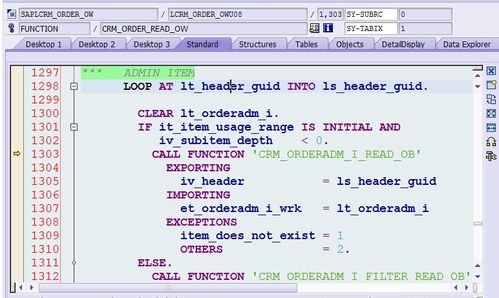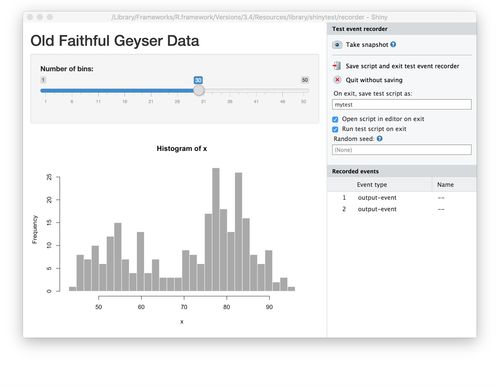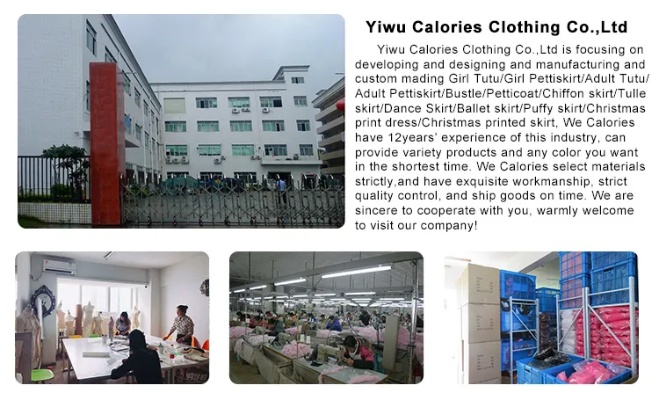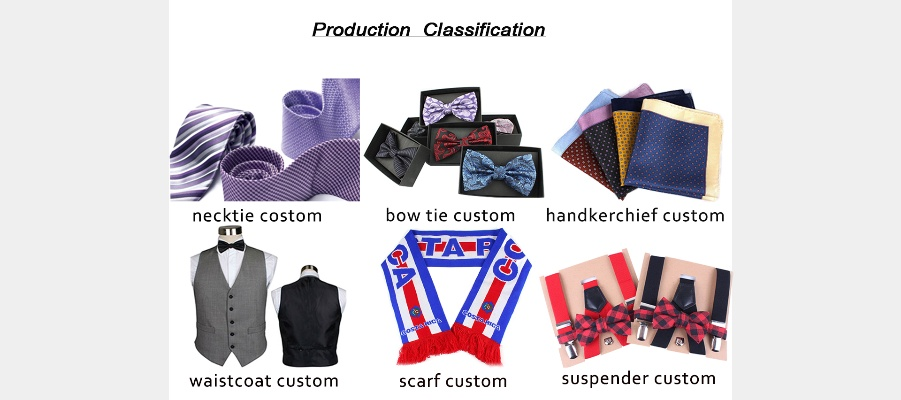Standards for Delamination Testing of Textile Materials
Delamination testing is a crucial process in the assessment of textile materials, which involves examining the integrity and performance of fabrics under specific stress conditions. This test method is essential for ensuring the durability and safety of products made from these materials, such as clothing and upholstery. The delamination test typically involves subjecting samples to a controlled force that causes them to separate along their fiber axis. The degree of separation is then measured and compared to established standards to determine if the material meets certain requirements. In addition to providing information on the quality of the textile product, this test also helps manufacturers identify potential areas where improvements may be needed to enhance the overall performance and longevity of their products. Overall, delamination testing is an important tool for evaluating the performance and reliability of textile materials, and its continued development and refinement are crucial for maintaining the safety and quality of products made from these materials.
Introduction: In the textile industry, delamination testing is a crucial quality control measure aimed at ensuring that fabrics meet certain standards of durability and performance. This process involves subjecting samples to a series of mechanical tests that simulate the stresses and strains experienced during normal use and service conditions. The objective of these tests is to evaluate the resistance of the fabric to delamination under various environmental conditions such as heat, moisture, and chemicals. In this article, we will discuss the basic principles of delamination testing, common types of delamination, and how to interpret the results using an example case study.

Basic Principles of Delamination Testing: Delamination testing typically involves the following steps:
- Preparation of test specimens: Cut or otherwise prepare samples of the textile material to be tested.
- Application of stress: Apply a controlled force to the sample to induce delamination.
- Observation and measurement: Monitor the progress of delamination over time and record any changes in the sample's appearance or behavior.
- Data analysis: Analyze the data collected to determine the extent of delamination and its impact on the material's integrity.
Common Types of Delamination: There are several types of delamination that can occur in textile materials, including:
- Surface Delamination: A thin layer of material peels off from the surface of the fabric.
- Subsurface Delamination: A deeper layer of material separates from the underlying structure.
- Transverse Delamination: A section of the fabric separates from another section along its length.
- Longitudinal Delamination: A section of the fabric separates from another section along its width.
Interpreting Delamination Test Results: Once delamination has occurred, it can have significant implications for the functionality and safety of the fabric. To interpret the results of a delamination test, one must consider the following factors:
- Delamination depth: The depth of separation indicates the severity of the damage and may affect the material's ability to resist further deterioration.
- Delamination area: The size of the affected area can provide insights into the overall strength and resilience of the fabric.
- Effect on material properties: Delamination can cause changes in the material's physical properties such as strength, tear strength, and elongation.
- Environmental factors: The type and concentration of environmental agents that caused the delamination can provide clues about potential future failure modes.
Example Case Study: Consider the case of a high-performance sportswear fabric that was subjected to delamination testing. The fabric was designed to withstand intense workout activities and was made from a high-strength synthetic blend. During the testing, the fabric showed signs of subsurface delamination after exposure to high temperatures and humidity levels.
The manufacturer analyzed the results and determined that the delamination was due to the fabric's inherent susceptibility to thermal expansion and contraction, which caused stress concentrations at the interface between layers. They also noted that the fabric's design did not account for the increased risk of delamination under these specific conditions.
Based on this analysis, the manufacturer recommended modifications to the fabric's design, including incorporating a more robust interlayer material that would better withstand thermal fluctuations and reduce the likelihood of delamination. Additionally, they suggested implementing stricter quality control measures during production to ensure that similar issues do not arise in future products.
Conclusion: Delamination testing is an essential part of the textile product development process, providing valuable insights into the durability and performance of fabrics. By understanding the different types of delamination and their implications, manufacturers can make informed decisions about material selection, design optimization, and quality control measures. As demonstrated in the example case study, proper interpretation of delamination testing results can lead to improvements in product quality and enhance customer satisfaction.
纺织品剥离试验是衡量纺织品质量的重要手段,其标准对于确保纺织品在使用过程中的性能和安全性至关重要,本篇文章将围绕纺织品剥离试验标准展开讨论,并通过案例分析进一步说明其实际应用。

纺织品剥离试验标准概述
-
试验目的 纺织品剥离试验旨在评估纺织品在特定条件下剥离性能,以确保其在各种使用场景下的稳定性和可靠性。
-
试验方法 根据不同的纺织品类型和用途,剥离试验通常采用一系列标准化的测试方法,包括静态剥离强度、动态剥离强度、纤维类型和纤维含量等。
-
常见标准 国际上,纺织品剥离试验标准主要包括ISO 5036、ASTM F88等,这些标准为纺织品剥离试验提供了具体的测试方法和要求。
案例分析
某品牌纺织品剥离试验标准应用案例 某品牌在生产过程中,为了确保其纺织品在户外使用时的稳定性和可靠性,进行了纺织品剥离试验,根据该品牌的具体需求和产品特性,采用了ASTM F88标准进行剥离试验。
(1)静态剥离强度测试:该品牌选择了不同纤维类型和纤维含量的纺织品样品进行测试,以确保评估结果的准确性。
(2)动态剥离强度测试:在动态环境下,该品牌纺织品展现出良好的剥离性能,满足了使用场景的要求。
纺织品剥离试验标准在实际应用中的案例分析 在实际应用中,纺织品剥离试验标准的应用范围广泛,在服装行业,纺织品剥离试验可以用于评估面料的质量和稳定性;在纺织配件行业,纺织品剥离试验可以用于评估线材的抗拉强度和耐磨性。

纺织品剥离试验标准补充说明
-
试验设备与材料 在进行纺织品剥离试验时,需要使用专业的剥离测试设备,如剥离仪等,还需要准备相应的试样、标准样品等材料。
-
影响因素分析 影响纺织品剥离试验的因素较多,包括纤维类型、纤维含量、环境条件等,在进行剥离试验时,需要充分考虑这些因素,以确保测试结果的准确性。
英文表格补充说明
以下是关于纺织品剥离试验标准的英文表格补充说明:
| 项目 | 英文描述 |
|---|---|
| 试验目的 | Evaluate the performance of textiles under specific conditions to ensure stability and reliability in various usage scenarios |
| 试验方法 | Standardized testing methods based on various textile types and applications, including static剥离强度, dynamic剥离强度, fiber type, fiber content, etc. |
| 常见标准 | ISO 5036, ASTM F88 |
| 应用范围 | Widely used in the textile industry, for evaluating the quality and stability of textiles in outdoor use, as well as in other applications |
纺织品剥离试验标准是衡量纺织品质量的重要手段,其在实际应用中具有广泛的应用范围,通过案例分析和补充说明,我们可以更好地了解纺织品剥离试验的标准和应用,在实际操作中,应充分考虑各种影响因素,以确保测试结果的准确性。
Articles related to the knowledge points of this article:
The Fabric of Innovation:An Extensive Analysis of Changshu Junce Textiles
Navigating the Global Market with Nantong Jinmen Textiles
The Evolution and Impact of Shaoxing Yifeng Textiles
A Profile of PJSH Textiles The Fabric of Modern Elegance



